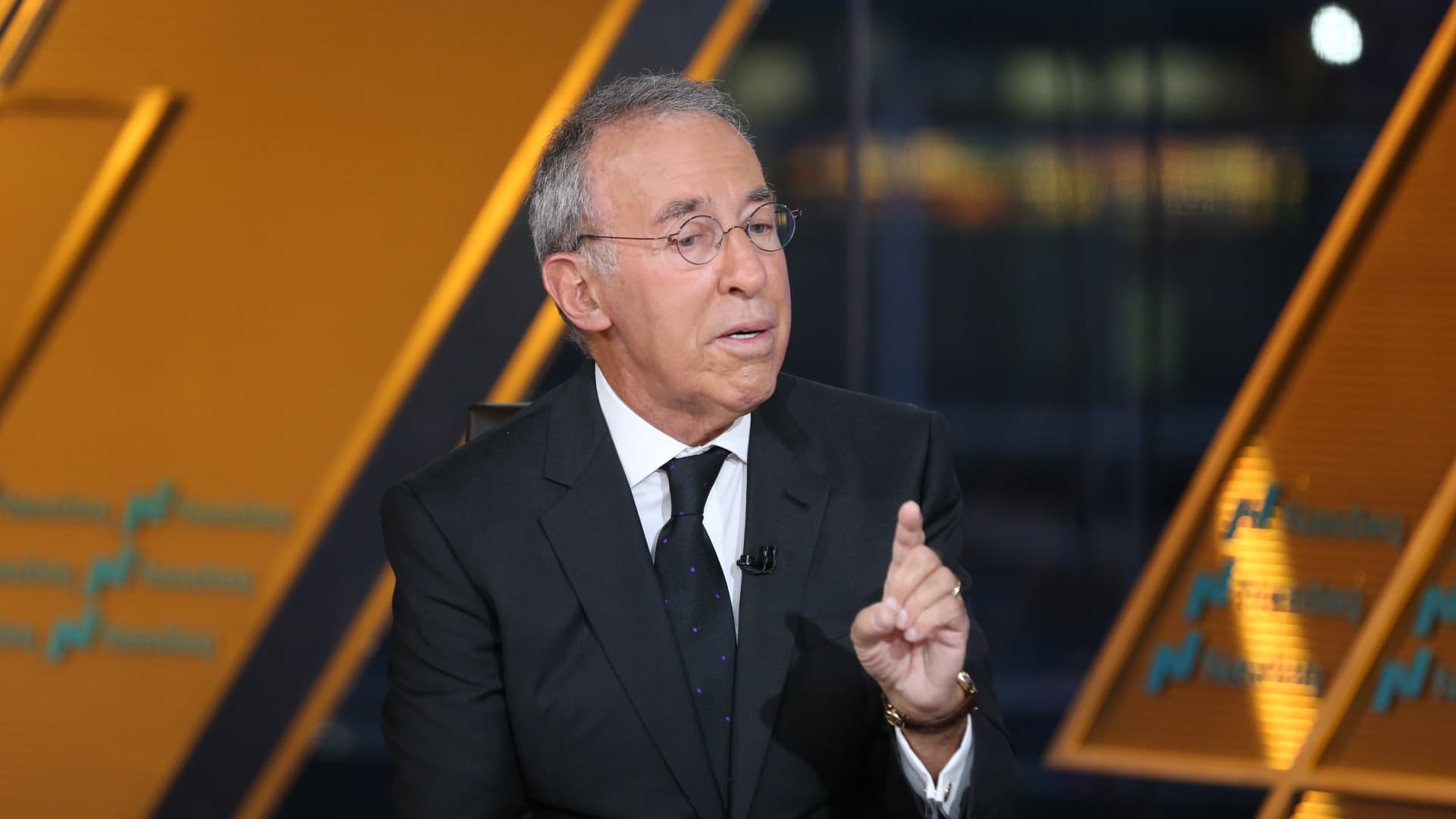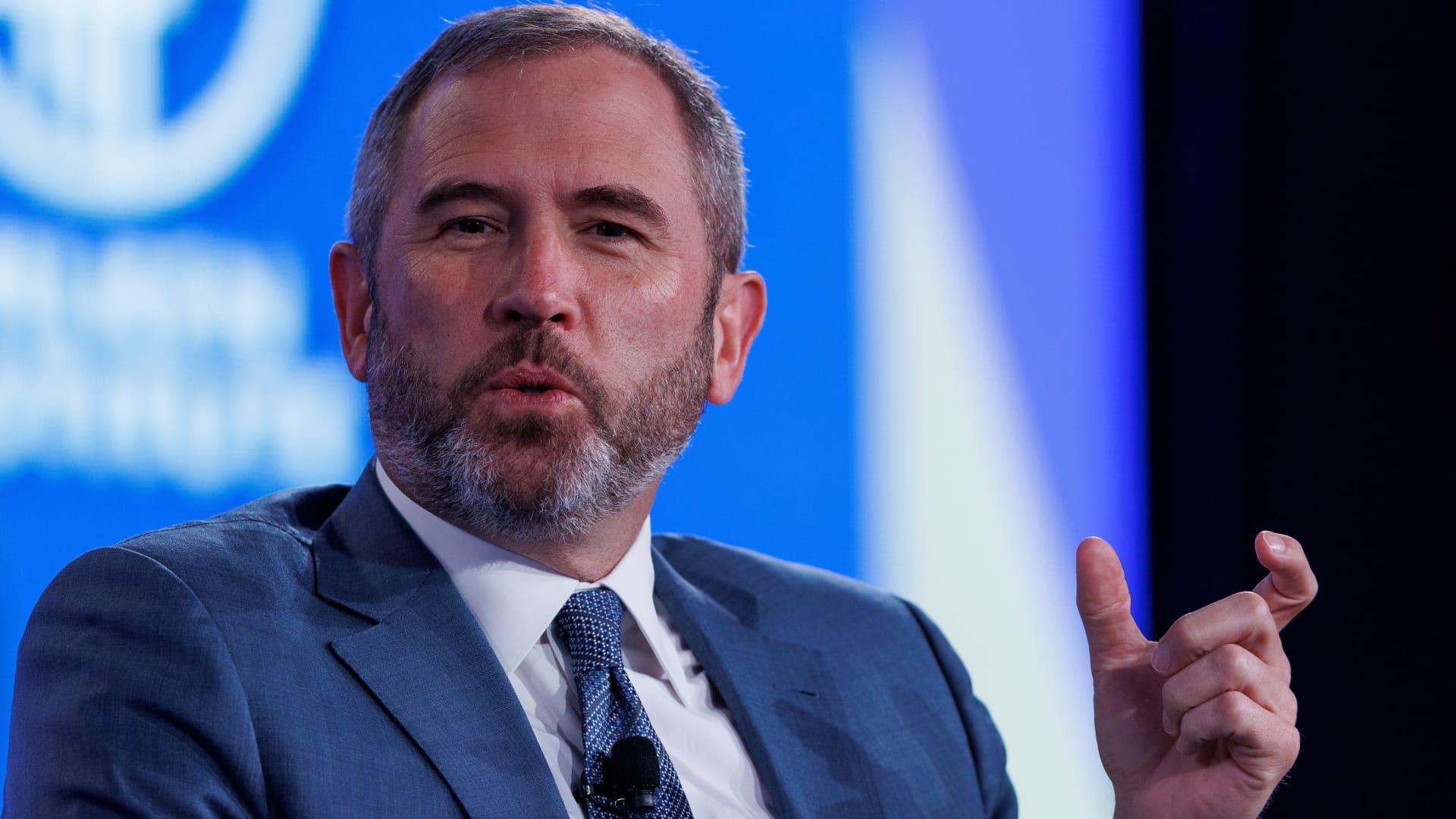Fed meeting and inflation report both hit Wednesday, and the impact could be huge

Jerome Powell, Chairman of the U.S. Federal Reserve, speaks during the conference celebrating the Centennial of the Division of Research and Statistics, Board of Governors of the Federal Reserve System in Washington D.C., United States on November 08, 2023. (Photo by Celal Gunes/Anadolu via Getty Images)
Celal Gunes | Anadolu | Getty Images
Wednesday is shaping up to be one of the most important days of the year for economic news, as investors will hear about the path of inflation and the manner in which the Federal Reserve plans to react.
In a one-two punch that starts in the morning with the pivotal consumer price index reading for May and ends with the Fed’s policy meeting in the afternoon, vital signals will be sent about the direction of the economy and whether policymakers can soon take their foot off the brake.
The day “packs months of macro risk into one day,” wrote UBS economist Jonathan Pingle.
Like many others on Wall Street, Pingle expects the CPI report, combined with last Friday’s surprisingly strong nonfarm payrolls reading and other recent data releases to lead Fed officials to tinker with their outlook for inflation, economic growth and interest rates.
Optimists are hoping that the moves fall largely within the realm of expected outcomes and don’t do much to rattle the frayed nerves of market participants.
“While both typically have proven to be market-moving events, we expect very little fireworks from both releases given our expectations for rather benign outcomes,” said Jack Janasiewicz, lead portfolio strategist at Natixis Investment Managers.
In broad strokes, here are anticipated outcomes of both events.
CPI inflation
The measure of how much a broad basket of goods and services cost consumers in May is expected to show little month-over-month movement — just a 0.1% increase from April, though that still would equate to an aggregate annual rise of 3.4%.
Excluding food and energy prices, the so-called core PCI is projected to show a 0.3% monthly gain and a 3.5% annual rate.
None of those numbers are dramatically different from the April readings, and still show inflation running well above the Fed’s 2% target. Still, some economists say that a look under the hood at various important metrics such as insurance costs and core services excluding housing will show that inflation at least is trending in the right direction, albeit incrementally.
“On the inflation front, expect more of the same – continued evidence that the broader disinflationary trend is still intact and that the stickier first quarter data was simply a pause in a downtrend,” Janasiewicz said.
One important point about the CPI: while it gets a lot of focus from both the investing and general public, it is not the main metric the Fed uses. Central bankers prefer the Commerce Department’s measure of personal consumption expenditures prices, a broader measure that also accounts for changes in consumer behavior.
The Bureau of Labor Statistics is scheduled to release the CPI report at 8:30 a.m. ET on Wednesday.
The Fed meeting
While the BLS is disseminating the CPI report, the rate-setting Federal Open Market Committee members will be finalizing their projections for inflation, gross domestic product and unemployment as well as indicating the expected rate path through 2026 and beyond.
First and foremost, when it comes to interest rates, the Fed will do … nothing. Both market pricing and rhetoric from policymakers point to virtually no chance of a move either way on interest rates, with the central bank keeping its benchmark overnight borrowing rate in a range between 5.25%-5.50%.
Instead, officials will take other action that markets will be watching closely.
FOMC members will release quarterly updates to their Summary of Economic Projections, which could be influenced by the CPI report. While meeting participants usually submit their estimates early Wednesday, the 19 meeting participants generally are allowed a little extra time to account for incoming data.
The informal consensus in market commentary is that the Fed will adjust the path of its pivotal “dot plot” upward. The impact of that would mean the grid likely will point to fewer than the three interest rate cuts indicated for 2024 in March, toward a path that most economists expect to show two reductions, though there is some worry the outlook could shrink to just one.
Should the Fed signal one cut, that likely means the Fed wouldn’t act until November or December, UBS’ Pingle said.
Goldman Sachs economists expect two rate cuts, with the first coming in September. Others differ, though, with Bank of America calling for one and Citigroup looking for a possible three, though it expects the dot plot to indicate two.
“Our conviction remains limited because we continue to see cuts as optional, the inflation news we expect would make a decision to cut reasonable but not obvious, and FOMC participants have a range of views,” wrote Goldman economist David Mericle.
Economists also expect the Fed to reduce its outlook for gross domestic product growth and raise the expected inflation level from March’s projections.
Other significant Fed developments include the post-meeting statement as well as Chair Jerome Powell‘s news conference afterward.
“We do not expect any significant changes to the FOMC statement or Chair Powell’s message at the June meeting. The most notable theme of Powell’s last press conference in May was his pushback against possible rate hikes, but talk of hikes has died down in markets since then,” Mericle said.
Indeed, only a few Fed officials in their public commentary have mentioned the possibility of raising rates further.
However, the market has had to dramatically reprice its expectations from earlier in 2024 when traders expected six cuts this year.
The recent economic data, likely to be echoed by Wednesday’s CPI report, point to an evolving economy where higher for longer on rates is being treated as a much greater possibility. The payrolls report Friday, for instance, showed wages growing at a 4.1% annual clip, well above what the Fed would like to see.
“A still-growing U.S. economy is keeping wage growth stubbornly above the Fed’s unofficial target of 3.3 percent,” wrote Nicholas Colas, co-founder of DataTrek Research. “Unless economic growth cools, it is hard to see a pathway to anything more than a token Fed rate cut in 2024.”









